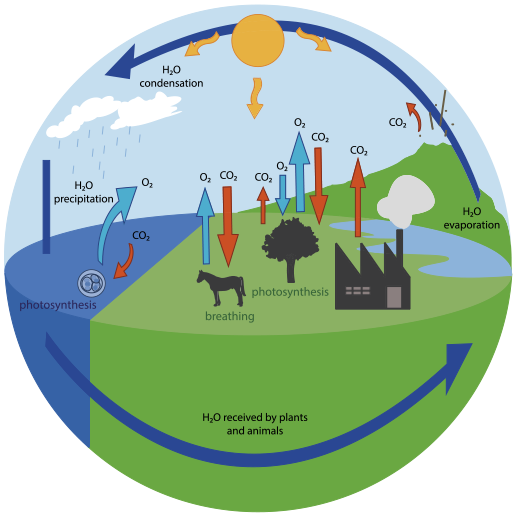CBSE Class 6 Social Science Worksheet Chapter 14 Major Domains of the Earth - Free PDF With Worksheets
FAQs on CBSE Class 6 Social Science Worksheet Chapter 14 Major Domains of the Earth
1. Why is the chapter on Major Domains of the Earth important for Class 6 students?
This chapter helps students learn about different components and major divisions of the earth.
2. How many continents are there on the earth?
There are 7 continents on the earth: Asia, Africa, Europe, North America, South America, Australia, and Antarctica.
3. There are how many oceans on the earth?
There are 5 oceans on the earth: Indian Ocean, Arctic Ocean, Pacific Ocean, Atlantic Ocean, and the Southern Ocean.
Recently Updated Pages
Important Questions for CBSE Class 6 Hindi Durva Chapter 1 - Kalam

Important Questions for CBSE Class 6 Hindi Durva Chapter 2 - Kitaab

Important Questions for CBSE Class 6 Hindi Durva Chapter 6 - Jharna

Important Questions for CBSE Class 6 Hindi Durva Chapter 23 - Hathi

Important Questions for CBSE Class 6 Hindi Durva Chapter 25 - Jaipur Se Patra

Important Questions for CBSE Class 6 Hindi Durva Chapter 19 - Pradarshini

Trending pages
Important Questions for CBSE Class 6 Social Science Our Past Chapter 1 - What, Where, How and When?

Important Questions for CBSE Class 6 Hindi Bal Ram Katha Chapter 5 - Chitrakoot Mein Bharat

Important Questions for CBSE Class 6 Hindi Vasant Chapter 9 - Ticket Album

Important Questions for CBSE Class 6 Hindi Vasant Chapter 3 - Naadan Dost

Important Questions for CBSE Class 6 Social Science - Social and Political Life Chapter 7 - Rural Livelihoods

Important Questions for CBSE Class 6 Social Science - Social and Political Life Chapter 4 - Panchayat Raj





